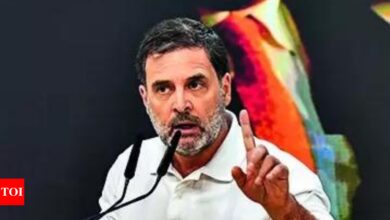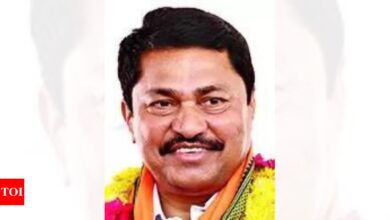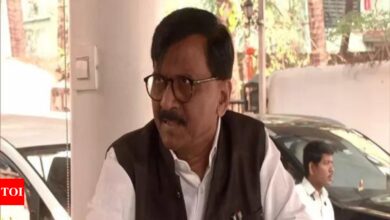India
The fortified diet plan faces questions from two Prime Minister’s panellists – Times of India
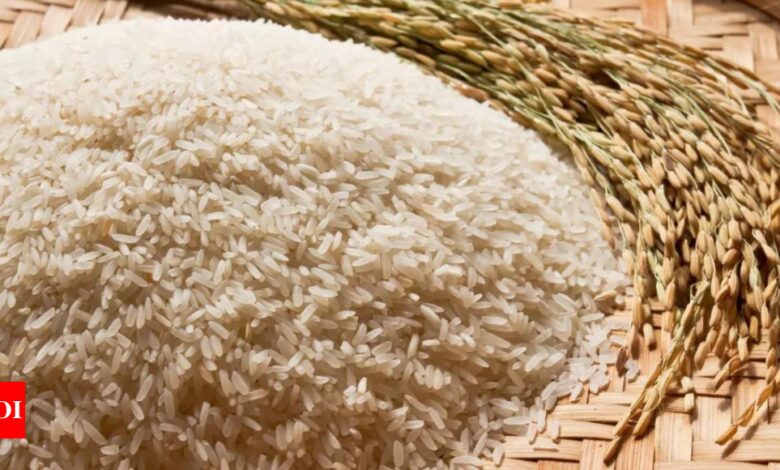
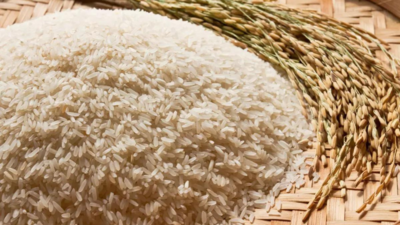

Sanjeev Sanyal, member of the EAC Prime Minister and former Chief Economic Adviser to the Finance Minister, wrote an article just a fortnight ago questioning the wisdom of large-scale food fortification. He warned that “a key driver of a fortification-heavy strategy is advocacy by international donors and NGOs” and suggested that “much stronger evidence was needed in support of different types of fortification.”
Shamika Ravi, another member of the EAC-PM, was one of the authors of a paper published by the EAC that analyzed the latest Household Consumption Survey data and showed that the prevalence of anemia among children and women was associated with poor dietary diversity of iron sources. The analysis highlighted “the limited impact” of universal fortification of cereals to improve iron and zinc intake and reduce anemia in India. The analysis based on survey data for 2022-2023 and 2011-2012 was conducted by Ravi and several experts from the Indian Statistical Institute.
Sanyal questioned whether fortification was an efficient response to malnutrition, with thousands of millions of public money being spent on fortification for universal distribution of fortified rice through PDS, mid-day meals and Integrated Child Development Scheme. He pointed out that of the 18 studies on the impact of rice fortification on anemia, which were used as scientific evidence by the central government to justify ramping up rice fortification programs, only four were from India and the results were equivocal.
According to Sanyal, even the international donor community might have reservations about fortification as Bill Gates had also recently stated that it is very important to diversify the diet. However, Sanyal concluded by stating that they were not advocating a total withdrawal of fortification, but merely pointing out that much stronger evidence was needed in support of different types of fortification.

